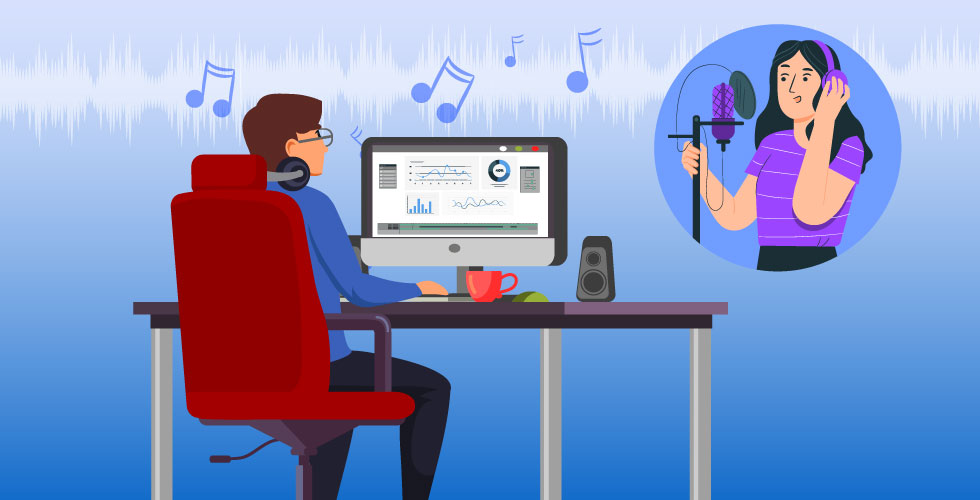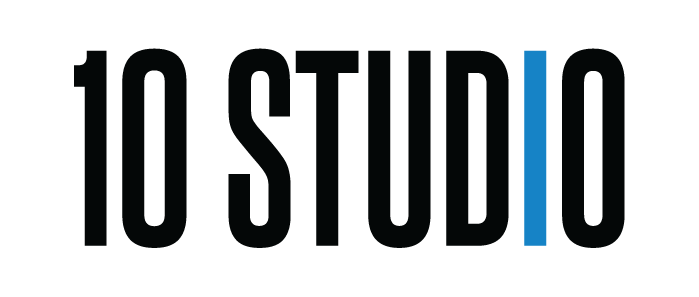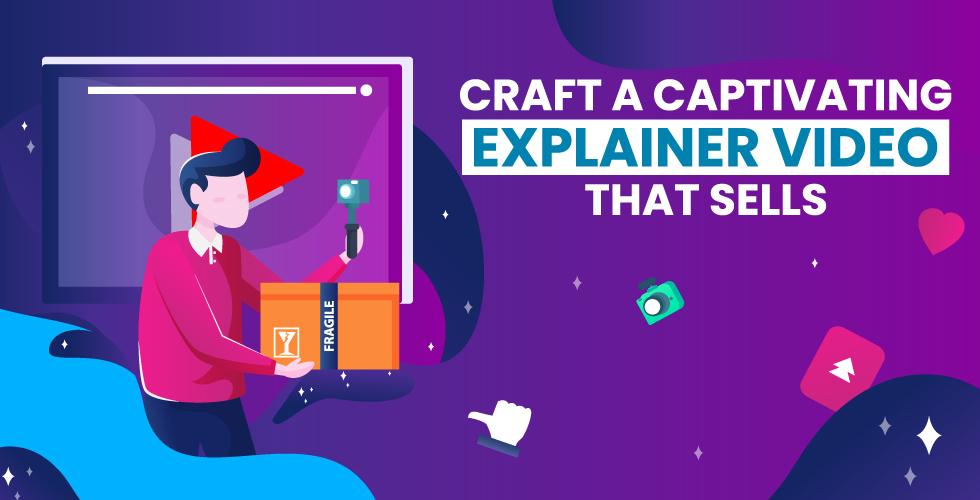Explainer videos have become an extremely popular and effective marketing medium for brands looking to educate, inform about products/services, establish thought leadership, increase conversion rates, and boost sales.
With over 92.3% of online audiences consuming more video content now compared to a year ago, no digital marketing strategy can ignore videos – especially short, snappy, and compelling explainer videos under 2-3 minutes.
This article will guide you step-by-step through the key decisions and structure elements involved in producing a hard-hitting explainer video that can showcase your brand, offerings, and value proposition persuasively.
By the end, you’ll be equipped with the knowledge and tips to partner with a video production company and get the maximum ROI from investing in an animated explainer video made specifically for your brand!
Why are Explainer Videos So Effective?
Before diving into the specifics of structuring the video, it is important to know why explainer videos can have such a big impact when done right:
Visual Medium is Ideal for Complex Concepts
Explainer videos leverage visual metaphors, character-driven narratives and a “show-don’t-tell” approach allowing you to simplify complex messages so viewers can digest them easily. Using the science of visual learning helps boost retention and recall dramatically compared to only text or audio content.
Helps You Connect Emotionally
Animation and motion graphics create an emotional appeal allowing you to quickly grab attention in an overloaded online landscape. Using relatable characters, impactful voice-overs, and a storyline format fosters better engagement with your audience.
Viewer Retention is Very High
According to research by Wyzowl, 91% of viewers retain the messages from explainer videos they have watched in the last month. This is significantly higher than retention rates for blogs (10%) and reports (58%).
| Medium | Message Recall Rate |
| Explainer Video | 91% |
| Blog Article | 10% |
The above reasons showcase the opportunity explainer videos provide to craft impactful narratives that capture attention and deliver results.
Now let’s get into the step-by-step structuring decisions involved…
Define the Core Purpose
Explainer videos can have different purposes based on intended goals – driving conversions, onboarding users, promoting a launch, etc. Some common explainer video goals are:
- Educate viewers on offerings
- Showcase thought leadership
- Generate leads and sales
- Demonstrate value proposition
- Promote new product/feature
- Explain complex concepts simply
Having a clearly defined purpose is key before scripting begins so you and the video team are aligned on what needs to be achieved and the metrics of success. For example, an explainer focused mainly on lead gen would need a strong call-to-action driving users to access gated collateral in exchange for contact information.
Persona Targeting
The next piece of the positioning statement is knowing exactly who your core buyer persona is. Defining details like demographics, pain points, preferences, and media usage habits allows scripting and visuals to be tailored to what resonates best with them using relevant messaging and callbacks.
Are you targeting C-level executives on LinkedIn for a B2B offering or millennials on TikTok for a consumer app? Creative decisions will vary based on persona specifics.
Core Messaging
Now that the “why” and “who” pieces are defined, the core narrative messaging can be developed ensuring value props land. Looking at similar successful competitor videos can provide ideas on impactful messaging angles. Some proven value props used are:
✔️ Solve frustration/pain points
✔️ Deliver tangible outcomes
✔️ Improve efficiency
✔️ Cost/time savings
✔️ Enhance experience
✔️ Risk reversal mechanisms
The key is making messaging authentic about how the product/service delivers extreme value specifically for the persona needs identified earlier.
Script Flow Structure
With the above three pillars established, scripting can focus on dramatic narrative structure. Using storytelling formats has proven to work for decades due to psychological response triggering.
“The audience does not need to feel they’re being set up to be persuaded or seduced”
– Dale Herigstad, ad industry veteran
This allows messaging to land smoothly. Format options like journalist narrative or hero’s journey:
Problem-Agitate-Solve
- Setup persona pain points
- Agitate issues showing frustration
- Deliver solution as savior
Before-After
- Demonstrate the current “broken” state
- Transition to “ideal” state with product
Journey Storyline
- Persona starts unaware
- Learns about offering benefits
- Becomes amazed advocate
Choosing a format allows for the impactful positioning of value props at the right points to boost credibility and receptivity. The audience journey should build emotional connection and empathy ultimately showcasing the offering as an irresistible solution.
Script Length
When scripting, a good rule of thumb is 100 words translates to roughly 60 seconds of explainer video screen time. This accounts for the visualization of scenes, transitions, voice-over pacing, etc.
So for a 2-minute video target, the script would need to be roughly 200 words avoiding unnecessary fluff. Nailing script length prior to storyboarding saves significant time and money during production.
Understanding this conversion rate helps approximate required durations based on video goals. Scriptwriting practices are explored in more detail in this in-depth guide on crafting engaging explainer video scripts.

Visual Style
Since these videos rely mainly on visual storytelling, choosing an animation style that sets the right tone and expectations is vital early on. Based on brand persona, messaging, and complexity of product/service – common animation styles used are:
2D Animation Styles
- Motion graphics
- Whiteboard
- Infographic
- Character based
3D Animation Styles
- 3D Product/software demos
- Isometric scenes
- Photo-real rendering
Backgrounds/props and character design start once the visual style is locked in so alignment on this piece with any creative agencies involved is essential.
Right Voice Talent
Finding fitting VO talent capable of delivering script lines persuasively is crucial for conveying intended emotions correctly. Since audiences form impressions quickly, the first 12-15 seconds with a voice match is important.
Factors to get right for VO casting:
- Gender
- Accent
- Tone – Friendly, serious, humorous, etc.
- Cadence and speed
- Commanding presence
If possible, having the writer read initial draft lines out loud provides directional guidance on what vocal delivery could fit best per scene based on overall messaging.

Background Score
While visuals and VO carry the bulk of heavy lifting for information delivery, an impactful background score incorporated right can boost the psychology of retention significantly. Music direction smartly synchronized to story cues guides viewer emotions subconsciously.
Some basics to provide music composers if required:
- Intended emotions per stage
- Buildups needed
- Sound libraries fitting brand
- Final mix incorporating critical VO audio
Getting these screening inputs to composers allows them to come back with music that slides smoothly into key moments through the timeline.
Optimal Length
Determining what total runtime will achieve goals without losing engagement is more art than science. Based on broader research into audience dropoff:
- 30 seconds – Announcement teasers
- 60 seconds – Highlight key features
- 90 seconds – Message 2-3 core benefits
- 120-180 seconds – Showcase value props + strong CTA
Anything above 3 minutes leads to tunnel vision about own offerings hence resisting longer spots is advisable. Being concise wins attention economy without overwhelming.
Distribution & Placement
Getting discovery right once the video is live can make/break viewership metrics. Beyond owned channels like sites, emails, and social – placing videos tactically to intersect intent allows relevance.
Some options that boost explainer visibility:
- YouTube Ads + Google Ads
- Targeted native video ads
- LinkedIn inbox sponsor messages
- Targeted outreach emails
Curating external playlists, and news sites, and rounding up articles on industry trends offers “wraps” guiding visitors further as well.
Getting distribution right helps ensure the time/budget invested pays off in viewership and engagement.
So in summary, the above-structured approach encompasses key decisions needed to produce an effective explainer video from positioning to post-launch placement – helping set your creative marketing asset up for maximum impact out of the gates!
To get started with an explainer video custom-made for selling your offerings at scale, check out 10 Studio’s production process and expertise below:
| 10 Studio Explainer Offering | Overview |
| Global Clients | Served clients from all over the world |
| High-Quality Animations | Smooth graphics made specifically for your brand |
| Storytelling Experts | Scriptwriters with more than 5 years of experience |
Frequently Asked Questions
What is the average cost of a professional explainer video?
The costs vary widely based on the level of animation complexity, length of the final video, access to media assets/stock footage, and any external expert fees for scriptwriting, music, etc.
For enterprises, costs for a 2-3 minute highly polished explainer can range between $5,000 to $50,000 in most cases.
Should my explainer video use real humans or animation?
Using animation allows flexible representations relevant to the messaging and scenes imagined.
While real video allows authenticity, most videos take a hybrid route leveraging strengths of both animation graphics and sparing usage of real human footage for maximum impact.
How quickly can an animated explainer video be produced from start to finish?
If going through an animation studio route, depending on complexity, required back-and-forth stakeholder reviews, and availability of all media assets – the production timeline can range from 4 weeks to 8 weeks on average.
Quick turnaround videos with minimal animation can be completed in 1-week timeframe as well in some cases.
How often should our explainer video content be updated?
Typical best practice is to re-evaluate explainer video content every 12-18 months although some intricacies depend on your product/service release cycles as well.
If key messaging, positioning, offerings, or brand visual identity get overhauled frequently then yearly updates might make sense to keep content relevant.




